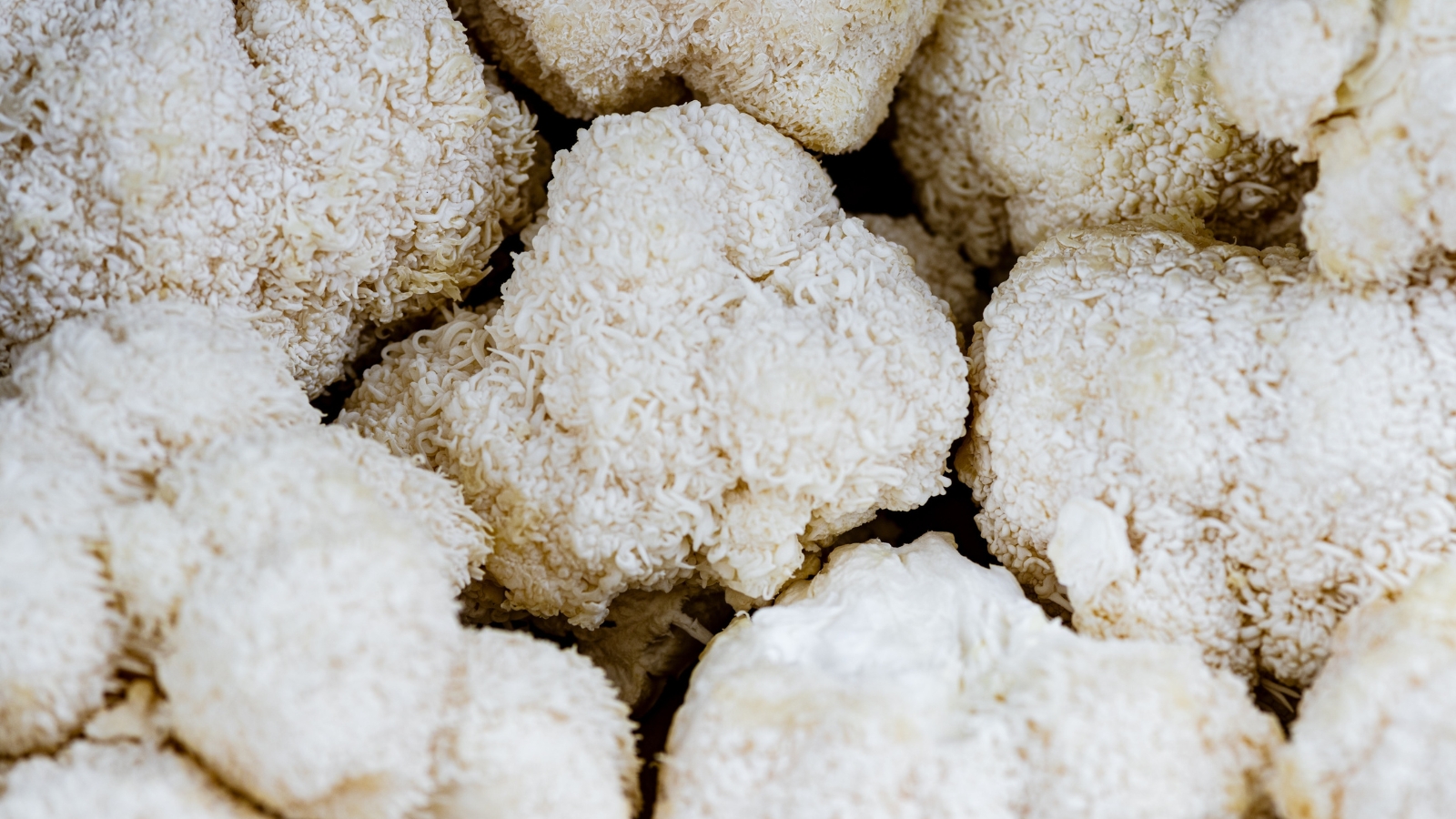Wellness
Key Points from the FDA’s Guidance for CAR T-Cell Products
A CRO summarizes the FDA’s recommendations for developers and highlights issues that have been raised in public comments.
The post Key Points from the…

By David Pérez, PhD

Principal Consultant
Parexel
In March 2022, the U.S. Food and Drug Administration (FDA) issued its first draft guidance for industry specifically focused on chimeric antigen receptor (CAR) T-cell therapies.1 CAR T-cell products are T cells that have been genetically modified to express T-cell receptors that can recognize and bind to specific antigens on the surface of target cells (such as cancer cells). When the T-cell receptors engage antigens, they activate the T cells that bear them against the target cells that bear the antigens. In recent years, products of this type have shown unprecedented clinical efficiency, and they have become important tools in the fight against diseases.
Under the FDA framework for biological products, CAR T-cell products have been regulated as gene therapy products. Indeed, CAR T-cell products will continue to be covered by a January 2020 FDA guidance concerning Investigational New Drug (IND) applications for human gene therapy products.2 And now CAR T-cell products will also be covered by the newly issued FDA guidance, which provides CAR T cell–specific recommendations regarding chemistry, manufacturing, and control (CMC); pharmacology and toxicology; and clinical study design. This guidance applies not only to CAR T-cell products, but also to other genetically modified lymphocyte products such as CAR natural killer (NK) cells or T cell receptor–modified T cells.
What does the FDA expect in your IND application?
CAR T cells are complex products that can contain multiple functional elements as part of the chimeric construct. The nature of these functional elements, how they are introduced into the cells through a vector, the cellular starting material, and the final drug product formulation are all critical to product safety, specificity, and efficacy.
CAR construct
CAR constructs typically contain two types of domains: antigen recognition domains and signaling domains. The FDA recommends providing an assessment of the ability of each antigen recognition domain to specifically bind to its target molecules. Whenever immunogenicity is reduced (for example, through humanization by complementarity-determining region grafting), the impact on target binding and biological activity should be evaluated.
The FDA also recommends that the functionality of signaling domains be thoroughly demonstrated, and that information be provided describing how CAR components (that is, transmembrane domain, hinge region, and linker regions) affect CAR T-cell specificity and activity.
Vector
The vector should be well characterized prior to initiation of clinical studies, and full cGMP requirements should be met during Biologics License Application review as well as during the validation of all analytical assays. The information that the FDA expects about the vector includes vector structure (including justification on additional functional elements other than the CAR construct), manufacturing, release testing (including potency test, vector concentration, and vector safety), and stability.
Information on the characterization and testing of Master Cell Banks and Working Cell Banks should also be provided. Vectors that integrate into the genome can provide long-term transgene expression compared to nonintegrating vectors, but the FDA will expect long-term follow-up due to the increased risk of delayed adverse events.
Cellular starting material
The cellular starting material is critical for CAR T-cell quality and function, and it is generally obtained by leukapheresis of patients (for autologous products) or healthy donors (for allogeneic products). Safety and regulatory considerations differ for autologous and allogeneic products.
In this guidance, the FDA considers risks due to previously administered CAR T-cell products in the cellular starting material. It recommends an evaluation of levels of residual CAR T cells and vector copy number for the newly introduced and previously administered CAR T cells in the starting material and final product.
Autologous cellular starting material represents a major source of lot-to-lot variability. Accordingly, all procedures used for handling leukapheresis starting material from collection to the start of the manufacturing process should be described. Moreover, this recommendation should be followed at all leukapheresis collection sites, and it should cover related activities such as shipping and handling, as well as the validation of the shipping process and any hold or cryopreservation steps.
The FDA also recommends establishing acceptance criteria for leukapheresis to increase the probability of manufacturing success. These criteria may include minimum cell number, viability, percentage of CD3-positive cells, etc.
CAR T-cell product
To minimize variability due to the CAR-T cell manufacturing process, the FDA recommends having a well-controlled process, one that uses qualified and safe ancillary materials, in-process controls, in-process testing, and testing of intermediate and final products. The safety of the final product is also ensured by using validated aseptic processing under cGMP conditions. This approach is necessary because CAR T cells cannot be terminally sterilized.
The ability of the proposed manufacturing process to produce CAR T cells is demonstrated through the production of developmental or engineering batches using starting material from healthy donors or from patients.
CAR T cells can be formulated for fresh infusion or cryopreserved for later administration. The choice of formulation depends on the product development strategy and practical constraints. The guidance discusses the advantages and disadvantages of both approaches regarding the limited time to perform release testing and risk of toxicity due to the cryoprotectant.
Analytical testing of CAR T cells is also necessary to ensure product safety, identity, quality, purity, and strength (including potency) of the investigational product. These analytical methods are often complex and require extensive development. The FDA recommends starting early with the development of such analytical methods. In addition, the FDA provides recommendations on the quality attributes that should be tested. It notes that cell viability, identity, purity, and strength may be assessed by flow cytometry. Other analytical tests may determine vector copy number and potency.
Management of manufacturing changes (comparability)
The development of CAR T-cell products often requires changes to the manufacturing process. Prior to implementation of any change, a risk assessment to evaluate the potential impact of the intended change on product quality and safety should be conducted using developmental lots.
Substantial changes to the vector or CAR-T cell manufacturing processes, including new manufacturing sites, should be supported by comparability studies. This requires side-by-side analysis pre- and post-change using the same cellular starting material, following the principles of ICH Q5E. The complexity of comparability assessments will depend on the extent of change.
For example, if there are changes in the CAR construct or changes from autologous to allogenic cellular starting material, the new process will be understood to generate a new product. If there is insufficient evidence to demonstrate analytical comparability, additional nonclinical or clinical studies may be requested.
Single- versus multisite manufacturing
For the first time, the FDA discusses the advantages and disadvantages of the use of single- versus multisite manufacturing in a guidance. Single centralized sites have the advantage of reducing potential product variability; however, there may be logistical concerns with cryopreservation or shipping of the different materials. Multisite manufacturing may shorten the timeline from leukapheresis collection to administration for autologous products; however, differences between facilities may contribute to product variability.
How has this guidance been received?
Since the release of the new draft guidance, many public comments have been offered by biopharmaceutical industry and clinical personnel.3 Some of these comments pertain to the FDA’s recommendation that “evaluation of the previously administered CAR T-cell levels in the cellular starting material may be appropriate.”
Various stakeholders noted that this recommendation would be very difficult for a manufacturer to follow if another manufacturer had been the one to provide the earlier CAR T-cell therapy. There could be complications over proprietary technologies.
Topics explored in other comments include change management and the possibility that the guidance could be applied to products other than CAR T cells. Stakeholders observed that the guidance focused on major changes but didn’t resolve uncertainties over the management of minor changes. Also, stakeholders suggested that the FDA could extend the guidance to cover other genetically modified lymphocytes.

Conclusions
The new FDA guidance is a significant effort by the FDA to provide clear and specific recommendations for the development of CAR T-cell products regarding vector and CAR T-cell manufacturing and testing, cellular starting materials, change management and the design of comparability studies, and single-site or multisite manufacturing.
Since the guidance is still a draft, several comments have been raised regarding starting materials, change management, and the manufacture of genetically modified lymphocytes other than CAR T cells. It is now up to the FDA to determine how the comments may influence the implementation of the guidance.
David Pérez, PhD (david.perez@parexel.com), is principal consultant, regulatory and access, for Parexel.
References
1. U.S. Food and Drug Administration. Considerations for the Development of Chimeric Antigen Receptor (CAR) T Cell Products: Draft Guidance for Industry. Posted March 2022. Accessed August 2022.
2. U.S. Food and Drug Administration. Chemistry, Manufacturing, and Control (CMC) Information for Human Gene Therapy Investigational New Drug Applications (INDs): Guidance for Industry. Posted January 2020. Accessed August 2022.
3. https://www.regulations.gov/document/FDA-2021-D-0404-0001/comment.
The post Key Points from the FDA’s Guidance for CAR T-Cell Products appeared first on GEN – Genetic Engineering and Biotechnology News.

Lion’s Mane Mushroom: History, Benefits, and Adaptogen Properties
Explore the intriguing world of Lion’s Mane Mushroom in our comprehensive guide. Dive into its unique properties, historical significance, and myriad health…
AI can already diagnose depression better than a doctor and tell you which treatment is best
Artificial intelligence (AI) shows great promise in revolutionizing the diagnosis and treatment of depression, offering more accurate diagnoses and predicting…
Reasons You should Get this: Neptune Wellness Solutions Inc (NASDAQ:NEPT), WeTrade Group Inc. (NASDAQ:WETG)
NEPT has seen its SMA50 which is now -9.28%. In looking the SMA 200 we see that the stock has seen a -92.25%. WETG has seen its SMA50 which is …
The…













